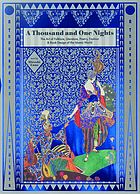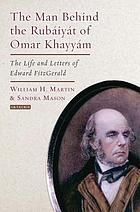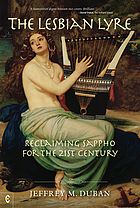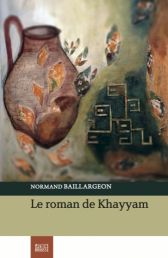A Thousand and One Nights. The art of folklore, literature, poetry, fashion & book design of the Islamic world. Hiroshi Unno. Tokyo, Pie Books, 2016. 295 p. ISBN: 978-4-7562-4816-9.
Summary:
Middle Eastern literature and poetry, including Arabian Nights and Rubaiyat of Omar Khayyam, has captured the imaginations of European people with its mysterious atmosphere and tales of exotic lands. From the 18th to the early 20th century, various European editions of these stories were published that included imaginative illustrations by notable European illustrators such as Nielsen, Dulac, Pogány, Bull and others. This book is a visual art collection of the world featured in such European illustrations and introduces the ancient Islamic manuscripts and art on which the illustrations are based. Text in Japanese, with an introduction and captions in English.



